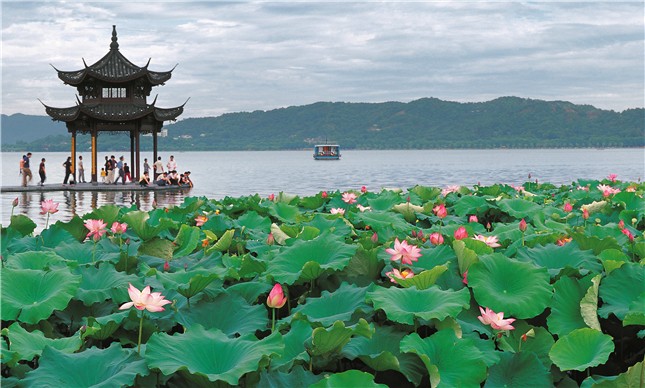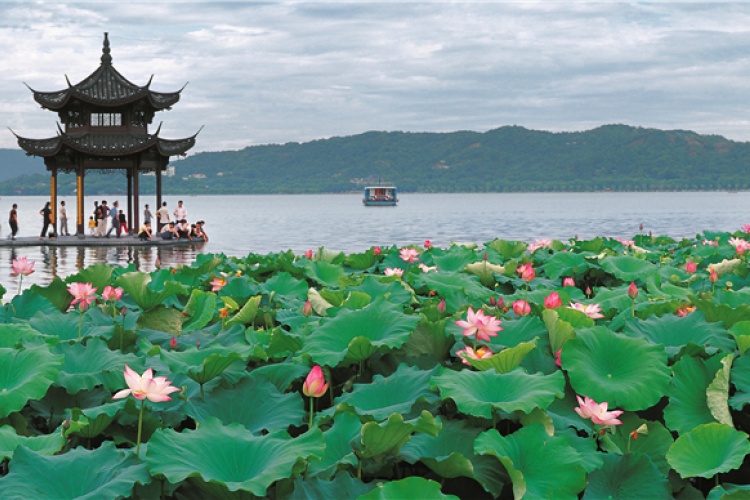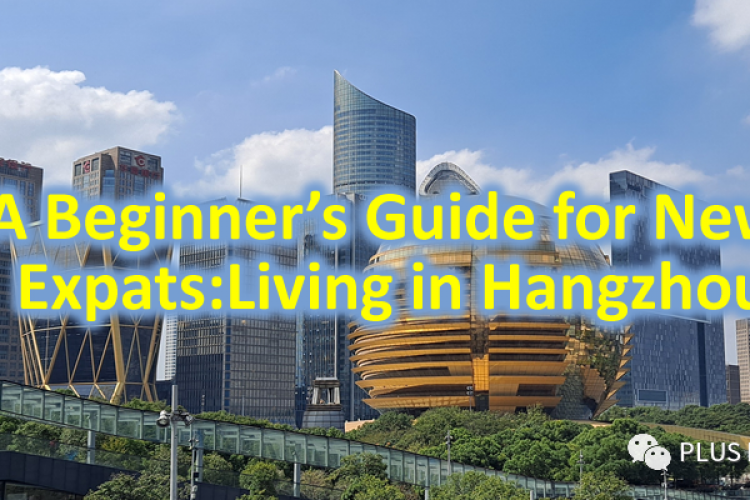Hangzhou City Overview: History, Economy, Culture & Geography

History 历史沿革
As one of the birthplaces of Chinese civilization and a member of China’s "Seven Ancient Capitals," Hangzhou is renowned as the "Famous Town of Southeast China." The excavation of the Kuahu Bridge Site in Xiaoshan District proves that human activities thrived here as early as 8,000 years ago. The 5,000-year-old Liangzhu Culture is hailed by historians as "the dawn of Chinese civilization."
Hangzhou was first established as a county in the Qin Dynasty (221-206 BC), boasting a history of over 2,200 years. In the 9th year of the Sui Dynasty (581-618), the old Qiantang County (today’s Hangzhou) was renamed "Hangzhou"—marking the first official use of its current name. In the 13th century, Italian traveler Marco Polo praised it as "the most graceful and splendid city in the world."
Economy 经济发展(2020年数据)
In 2020, Hangzhou achieved stable economic growth with a gross domestic product (GDP) of 1.61 trillion yuan ($247.46 billion), a year-on-year increase of 3.90%. The per capita disposable income of urban and rural residents grew by 3.9% and 6.7% respectively, reaching 69,000 yuan and 39,000 yuan.
The city’s digital economy and manufacturing industry saw robust growth: the added value of above-scale industries reached 353.1 billion yuan (up 15.1% year-on-year), with high-tech enterprises contributing 61.7% of this total (4.5 percentage points higher than the previous year). The core digital economy industries achieved an added value of 379.5 billion yuan (up 15.1% year-on-year).
The service industry’s added value exceeded 1 trillion yuan for the first time (reaching 1.02 trillion yuan), accounting for 72.9% of total GDP growth. Key sectors performed strongly: financial services (179.1 billion yuan, up 9.1%), healthcare (97.5 billion yuan, up 12.5%), and cultural creation (373.5 billion yuan, up 15.6%).
In 2020, 22 new companies in Hangzhou went public, bringing the total number of listed companies to 191—ranking 4th among Chinese cities. The city’s public budget expenditure reached 195.3 billion yuan (up 13.7% year-on-year), with 78.6% allocated to improving people’s livelihoods.
Note: The per capita disposable income of permanent residents was 59,261 yuan (up 9% year-on-year), with urban residents at 66,068 yuan (up 8%) and rural residents at 36,255 yuan (up 9.2%)—correcting the original data typo of "36.255 yuan."
Culture 文化特色
Hangzhou boasts a long history and rich cultural heritage, with its culture shaped by iconic landmarks like West Lake, the Grand Canal, and the Qiantang River—blending tradition with open, innovative development in the modern era.
West Lake Culture integrates the essence of local cultures from different periods, including Kuahuqiao Culture, Liangzhu Culture (3310-2250 BC), Wuyue Culture, and the cultures of the Southern Song Dynasty (1127-1279), Ming Dynasty (1368-1644), Qing Dynasty (1644-1911), and Republic of China (1912-1949). It covers diverse elements: landscape, gardening, religion, architecture, celebrity stories, folk customs, the Silk Road, tea, and cuisine—all in delicate harmony.
Canal Culture combines local specialties, waterscapes, traditional opera, and temple fairs, reflecting Hangzhou’s openness, inclusiveness, and popularity. Qiantang River Culture mirrors the grandeur of the Qiantang River’s tidal bore—bold, dynamic, and representative of the city’s spirit.
Geography & Climate 地理与气候
As the capital of Zhejiang Province and its economic, cultural, scientific, and educational center, Hangzhou is a core city in the Yangtze River Delta and one of China’s first batch of "National Historical and Cultural Cities" designated by the State Council.
Located on the southern wing of the Yangtze River Delta, at the western tip of Hangzhou Bay, it is a key hub for the Silk Road Economic Belt, the 21st Century Maritime Silk Road, and the Online Silk Road. Geographically, it lies between 29°11'-30°34' North and 118°20'-120°37' East, featuring a harmonious blend of hills, waters, lakes, and towns.
Topographically, hilly and mountainous areas (concentrated in the west, middle, and south) account for 65.6% of its total area, plains (in the northeast) for 26.4%, and rivers, lakes, and reservoirs for 8.0%. Key water landmarks include Qiandao Lake (China’s largest reservoir on the southern coast), the Beijing-Hangzhou Grand Canal (the world’s longest artificial canal), and the Qiantang River (famous for its spectacular tides).
Hangzhou has a subtropical monsoon climate with distinct seasons, ample sunlight, and balanced rainfall (more in spring and autumn, less in winter and summer).
Administrative Division 行政区划
Hangzhou administers 10 municipal districts, 1 county-level city, and 2 counties: the districts are Shangcheng, Gongshu, Xihu (West Lake), Binjiang, Xiaoshan, Yuhang, Linping, Qiantang, Fuyang, and Lin’an; the county-level city is Jiande; and the counties are Tonglu and Chun’an. The city covers a total area of 16,596 square kilometers, with urban areas accounting for 4,876 square kilometers.
Relevant SEO Keywords
English Keywords: Hangzhou overview history economy 2020、Hangzhou GDP 1.61 trillion yuan 2020、Hangzhou West Lake culture Canal culture、Hangzhou geography subtropical monsoon climate、Hangzhou administrative division 10 districts、Hangzhou digital economy high-tech enterprises、Hangzhou per capita disposable income 2020




